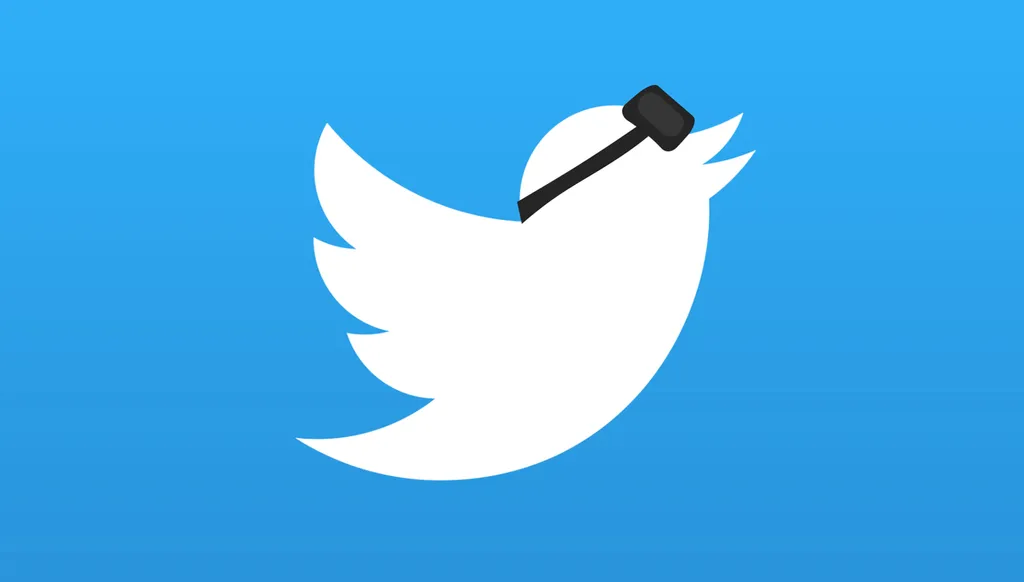Yesterday, we broke the news that Twitter has started an AR and VR team and pegged ex-Apple designer, Alessandro Sabatelli, as its director of VR and AR to “[empower] us all in the spatial computing revolution.” Beyond that, however, Twitter is remaining mum on where it is going with the new medium – but that doesn’t mean I can’t suggest a few things they should do.
Before I tell you where Twitter should go, however, we should see where we are now. Here are several “givens” about the state of Twitter and VR:
- Next year VR will go from millions sold to tens of millions sold, especially as a range of Android devices come along thanks to Google’s Daydream efforts.
- Twitter has been passed by by the teenage crowd who are using Snapchat and Instagram instead.
- Eventually people are going to spend hours inside VR headsets playing games, watching movies, being inside journalism.
- Major companies like Google, Apple, Snapchat, Facebook, Microsoft are investing billions in either VR or MR or both.
- Spatial computing (where the user interface is put on top of the real world) is a new user interface and companies that bet against new user interfaces tend to go away or become radically less important to the world (Borland, Wordperfect, Nokia, Blackberry, are some examples).
- Twitter’s growth has stagnated when compared to Snapchat or even Facebook, and VR promises to take even more minutes of attention
away from social networks. - Twitter has a major world brand, its logo is on businesses around the world, along with Facebook.
- Low cost consumer 360 cameras are already hitting the market.
If you accept all of these things you can see just why Twitter acquired a new team that will work on VR/AR. It’s becoming more and more important.
So here’s the things I think Twitter should do in Virtual and then Mixed Reality:
1. Stay out of hardware. You are up against big names there and you just don’t have the time or resources or expertise.
2. Don’t bother me with crap. Think about contextual filtering in a whole new way. I know Twitter has some amazing artificial intelligence folks. It’s time to have their work bear some major fruit and figure out how to train the system to build new kinds of filters.
3. Become the most amazing place to find and share real-time 360-degree videos and partner with the team who will have the leading camera by the end of next year. Maybe even license your name/brand out to such camera manufacturer.
4. Don’t just stream tweets into VR. Make something new out of them.

5. Partner smartly for the mobile world coming. Google is a natural friend because Oculus is going to be the other system on mobile (Samsung already partnered with them) so you need to go big into Google’s Daydream system.
6. Think about a quick win. Twitter’s board isn’t that astute so I doubt they are giving you the real money you need to go for mixed reality (which won’t show up for consumers for at least three years, probably more). So you have to think about getting the board a win so they feel more comfortable with giving you the money you’ll need to really build an amazing mixed reality experience.
7. If you aren’t betting huge on artificial intelligence then you are making a huge mistake. Contextual real time news is going to be huge, but Twitter shows no demonstration that it knows how to build AI that adds real value to users.
8. Focus on the mobile world, that’s where the big headset sales will come. The rest is sexy, but won’t bring the numbers you will need to get to see another day. Facebook can afford longer-term moves, you can’t.
9. Separate brand and strategy from old-school Twitter. Twitter in VR needs to be different than Twitter on, say, your laptop screen. Personally I wouldn’t even call it Twitter. Periscope style naming might be called for here to get your team to think different. In fact, you should take over the Periscope name, since at least that stands for live video and doesn’t come with the baggage of Twitter.
10. Get a family of cool experiences onto the new VR part of Twitter, whatever it’s called. That’s going to cost you tens of millions at this point, maybe more.
The problem for Alessandro Sabatelli and his team at Twitter is that the board needs a win fast, say in next six months. So, has to choose carefully for this short-term win, while keeping an eye on the longer-term spatial computing/mixed reality world. More on that in a bit, for now, let’s focus on virtual reality since that will be more important short term than mixed reality will be.
Here I would become a top-tier Google partner. Google needs to keep Facebook from taking over this new world, so will be looking for any weapon it can use against Facebook and Twitter is the most natural partner (even to the point where lots of people think Google should buy Twitter, which isn’t a bad idea at all).
The question is, how do you have a short-term win in a space that’s had billions invested already, and where you are competing with big companies with huge datacenter capabilities, not to mention fiber wrapped around the world?
I’d focus on being the real-time news platform for Google’s Daydream. Can you help developers get access to 360-degree videos flowing through Twitter’s platform? Do that to start, but you need a cool partner to show off the platform. That is going to be tough.
Here, I’ve started two Twitter lists with VR leaders. One recognises leading brands while the other focuses specifically on people.
These lists are much better than I can build on Facebook, where people continue to think Facebook is only for private stuff to families, so I’m not going to fight it anymore. Imagine if Twitter filtered out all the URLs, and showed VR experiences that these people find popular?
That’s always been the trouble, Twitter has the data coursing through its real-time arteries, but it hasn’t been able to build systems that use that data for anything really amazing or useful.
Today these lists have lots of noise. Put artificial intelligence to work to find the gold in this feed and present it to us in a fun way in both VR as well as elsewhere. Of course that means figuring out how to do really great, personalized, news filters, something that Twitter hasn’t yet turned on (Nuzzel is pretty close, but not customizable by where you are, who you care about, etc).
Get the short term win then start working toward that Magic Leap/Hololens future we all know is coming.
Good luck!
Robert Scoble is the Entrepreneur in Residence at Upload. Prior to working with Upload Scoble was the futurist for Rackspace where he grew a massive following evangelizing emerging technology to the masses.






























